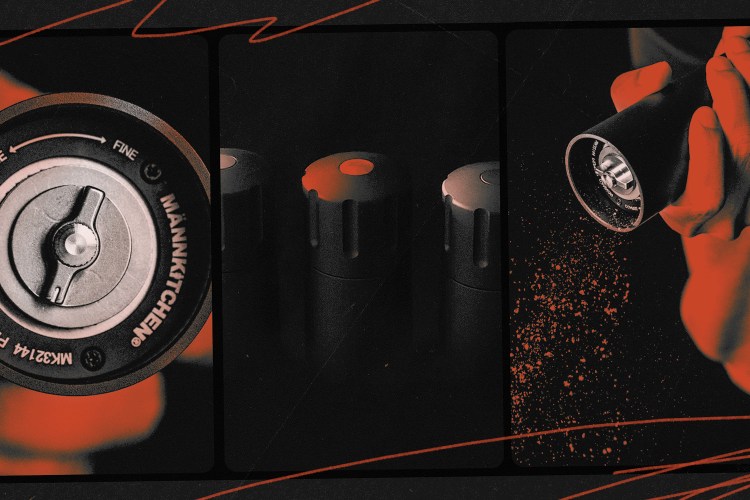The 84-foot Draupner wave that surprised the Norwegian coast in 1995 was recently recreated in a lab by researchers who were previously baffled by its origin.
By criss-crossing waves in a circular 82-foot test tank, scientists from the Universities of Oxford and Edinburgh were able to create a perfect storm, of sorts, to solve a nearly 25-year-old mystery.
“The measurement of the Draupner wave was a seminal observation initiating many years of research into the physics of freak waves and shifting their standing from mere folklore to a credible real-world phenomenon,” engineer Mark McAllister from the University of Oxford told Science Alert. “By recreating the Draupner wave in the lab we have moved one step closer to understanding the potential mechanisms of this phenomenon.”
This type of wave was born out of “the chaos of interfering wave patterns,” and its true rogue identity makes it stand out for its spontaneity more than its size, according to SA.
In their tests, the researchers saw that such a wave popped up via banks of waves crossing at 120 degrees. Without this crossover, environmental conditions imposed a limit on the maximum wave height.
Thanks for reading InsideHook. Sign up for our daily newsletter and be in the know.


















